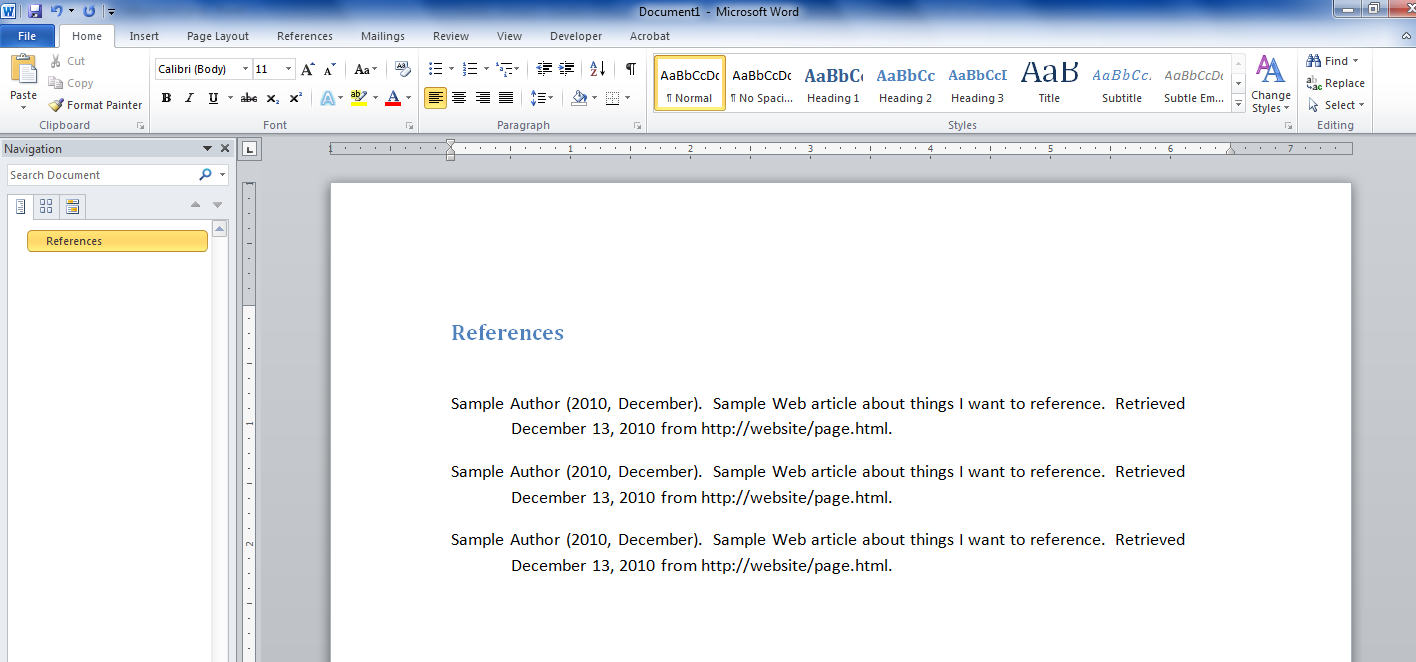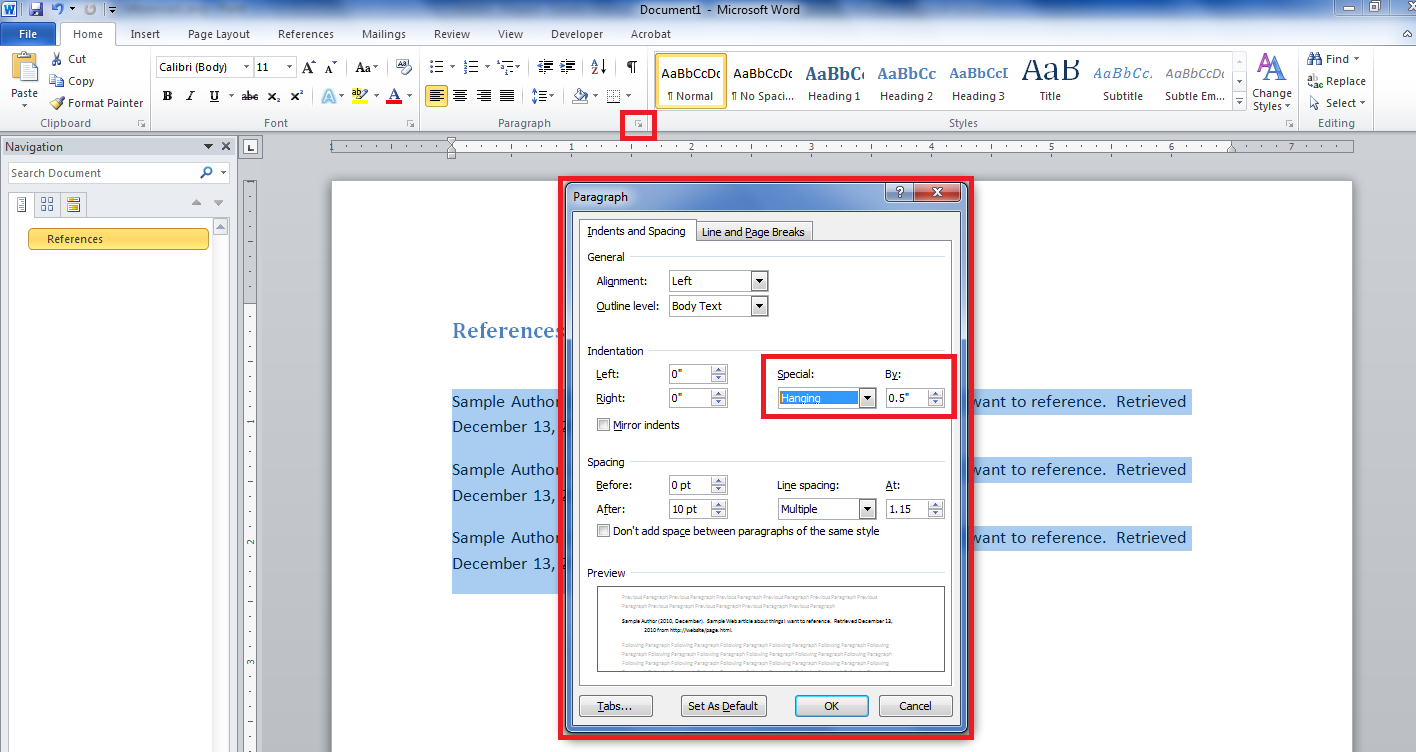


And attach Heading 3 to level 3, Heading 4 to level 4 and so on. In the 'Click level to modify' list, select level 2 and attach style Heading 2. That attaches paragraph style Heading 1 to level 1 of the list style. In the 'Link level to style' box, choose Heading 1.

So we set up all levels of numbering in this one dialog box. The list style is the co-ordinating mechanism for the whole "set" of paragraph styles we'll use. We're now in the Modify Multilevel List dialog box (Figure 5). To create your list style, on the Home tab, in the Paragraph group, click the Multilevel list menu (Figure 1).įigure 3: In the Define New List Style dialog, give your list style a name and then click Format > Numbering. Why? Because for outline-numbered styles, we will set the paragraph indent and the hanging indents (if any) when we set up the numbering. Do this even if you want your headings to be indented from the left margin, and even if you want a hanging indent. Now, modify the Paragraph settings of every Heading style so that the Left Indent is 0, and the Special indent is set to (none). Not everyone does this, but I find it useful because of the way the formatting of Word's styles cascade. Modify Heading 2 so it's based on Heading 1. Modify the Heading 1 style so that it is based on "No style". There are good reasons for using the built-in Heading styles.īefore you begin the numbering, make sure your Heading styles are set up appropriately. That includes the format of the number ( "1" or "a" or "i"), whether the number is preceded by text (eg "Chapter 1" or "Part A"), whether the number includes previous levels' numbers (eg paragraph 1.4.3), and the indents (the distance from margin to number and from number to text).
#How to do a hanging indent on microsoft word 2010 how to


 0 kommentar(er)
0 kommentar(er)
